Caption: Portrait for Future Faces by Yelena Popova, photographed by Phil Mynott, 2018. This piece, created specifically for Hall where the portraits of the current and former Mistresses are displayed, looks forward to the faces of future Mistresses (archive reference: GCPH 11/1a/20/71).
Exhibition
Girton College: The Office of Mistress 1869-1924
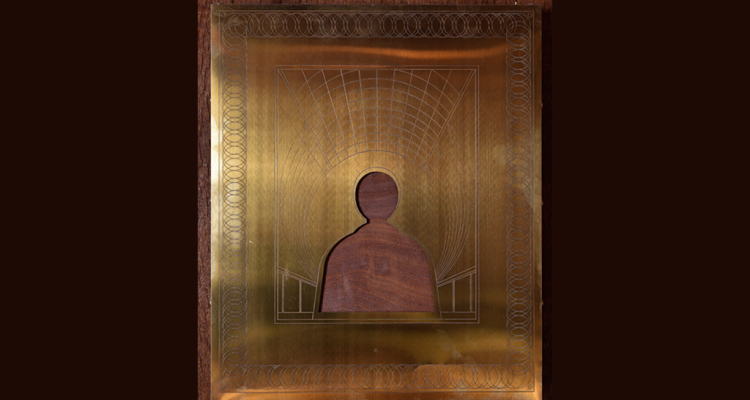
The office of the Mistress
The first Mistress of the College was appointed in April 1869 and took up her position the following October. Between 1869 and present day there have been 19 Mistresses. Girton’s twentieth Mistress is due to take office in October 2022.
The responsibilities and powers officially held by the Mistress have changed markedly since 1869. These successive changes in the office of the Mistress, and the slow increase in its powers were closely connected to the early structures of College governance, and to their gradual reform. By 1924, the post of the Mistress had, to a considerable degree, assumed its modern form.
This exhibition looks at the developing role of the Mistress from 1869 to 1924, and the Mistresses in office up to Girton’s successful application for a Royal Charter. A more personal, speculative and light-hearted story of Girton’s Mistresses, from 1869 to 2019, written and presented by the nineteenth Mistress, will be available soon!
The title of the Mistress
From the outset, Emily Davies and those working towards the foundation of the College agreed that the new community urgently needed a female ‘head’, who would live alongside the students and endow the College with public respectability. For contemporaries, an older female presence in a community of young, single women living at a distance from family homes was crucial.
But what was this ‘head’ to be called? Anna Richardson, Emily’s close friend and supporter, was perplexed: ‘Is there no euphonious feminine to be discovered,’ she wrote, ‘of one of all these names – Rector, Warden, Provost, etc, which prevail at Oxford? … Dean has a feminine in Spanish, but alas it is duenna’.
Nothing more survives of these discussions, but eventually, by an unseen process, the title ‘Mistress’ was chosen. In time this would make Girton distinctive among the women’s colleges at Oxford and Cambridge: the successive new Colleges for women founded at those universities made different decisions about a title and Girton became the only one whose senior officer was, and still is, called Mistress rather than Principal or President.

Caption: ‘The College will be under the direction of a Head or Mistress...’, from a prospectus for the proposed College for Women, circa 1868 (archive reference: GCPP Davies 15/2/5pt).
The role of the early Mistresses
Over the first three years of its existence, the College had three Mistresses who were resident at Benslow House in Hitchin. There was no formal, written list of their responsibilities and privileges; they were instructed and overseen by the College’s London-based governing committees and, above all, by Emily Davies. The key committee was first ‘College Committee’ which was replaced in 1872 by ‘College’ (the first governing body) and the Executive Committee. These committees were in charge of the week-to-week running of the College.
The early duties of these first Mistresses centred on domestic management and chaperoning the young students. They were expected to be in loco parentis to the students. Once the College opened, more specific obligations of the office were added to these broad duties, set out in regular letters from Emily Davies, and doubtless added to more directly on her frequent visits to Hitchin. The Mistress was to ensure the day-to-day smooth running of the community; she was to direct and supervise the household servants; ensure wholesome food was provided and preside over every meal; make certain the student day followed the written ‘Daily Routine’; greet the lecturers and other visitors; lead daily prayers; oversee the regular ‘marking’, when students signed a register to record their presence in College; superintend, or at least sanction, evening events; and ensure all activities which took the students out of the College were duly chaperoned.
There is no visible sign in the surviving documents of the first three Mistresses receiving a salary. The first Mistresses also, and explicitly, had no responsibility for educational matters. Everything related to planning and arranging the courses and teaching offered by the College, or organising the purchase of any necessary materials, appointing examiners, managing exams, selecting new students, and completing any of the record-keeping and correspondence relating to educational matters, fell to the London-based College committees and, above all, to Emily Davies. The Mistress, by virtue of her office, was not a member of either of the College committees and she did not take part in the formation of educational policy.
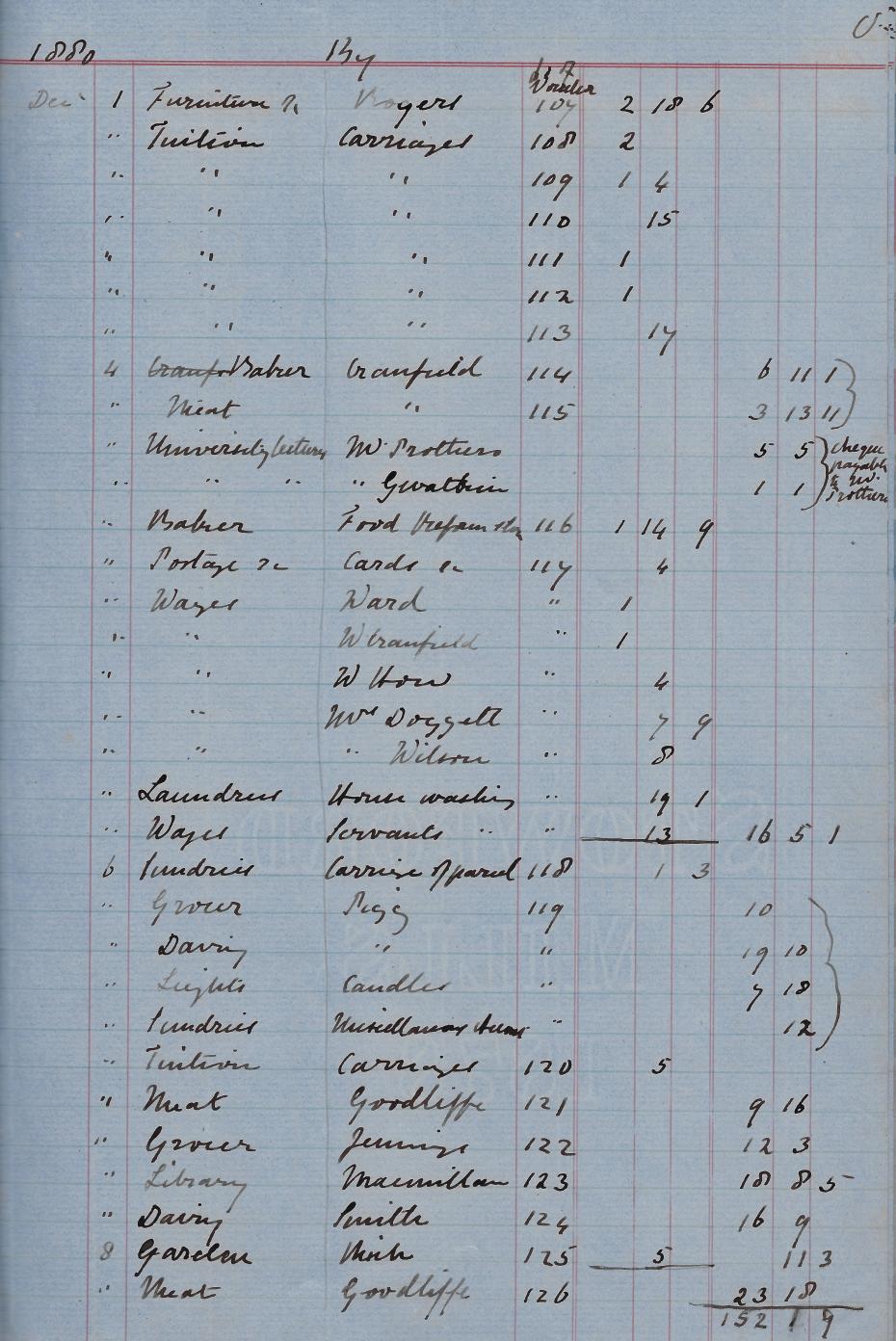
Caption: Page from the Mistress’s Cash book, 1870 (archive reference: GCAR 3/1/3/7/1).
Charlotte Manning, née Solly (1803–1871) — Mistress Michaelmas Term 1869
Much to Emily Davies’s anxiety, the first ‘head’ proved hard to secure. However, after much persuasion, Mrs Charlotte Manning agreed to take on the role, although only for one term. Emily was delighted. Charlotte Manning, twice widowed, was her friend. The two women had met through Elizabeth Adelaide Manning (1828–1905, G 1869), Charlotte’s stepdaughter from her second marriage. Emily had invited Mrs Manning to join the first College Committee in 1867 to contribute her ‘domestic morals’. She remained a member of this Committee while she was Mistress, but it is important to note that this was not due to her tenure of that post.
Charlotte was exactly what Emily felt the College needed: a ‘ladylike lady’. She was an older widow of high reputation who brought public respectability to the new venture. She helped to reassure a suspicious public and gave the new College for Women ‘a stamp of seriousness and solidity’. It seems that Charlotte gave her time and energy on a voluntary basis and may not have received payment other than her meals and rooms in Benslow House.
Charlotte Manning returned to London in December 1869, but her ties with the College remained strong until her death less than two years later.
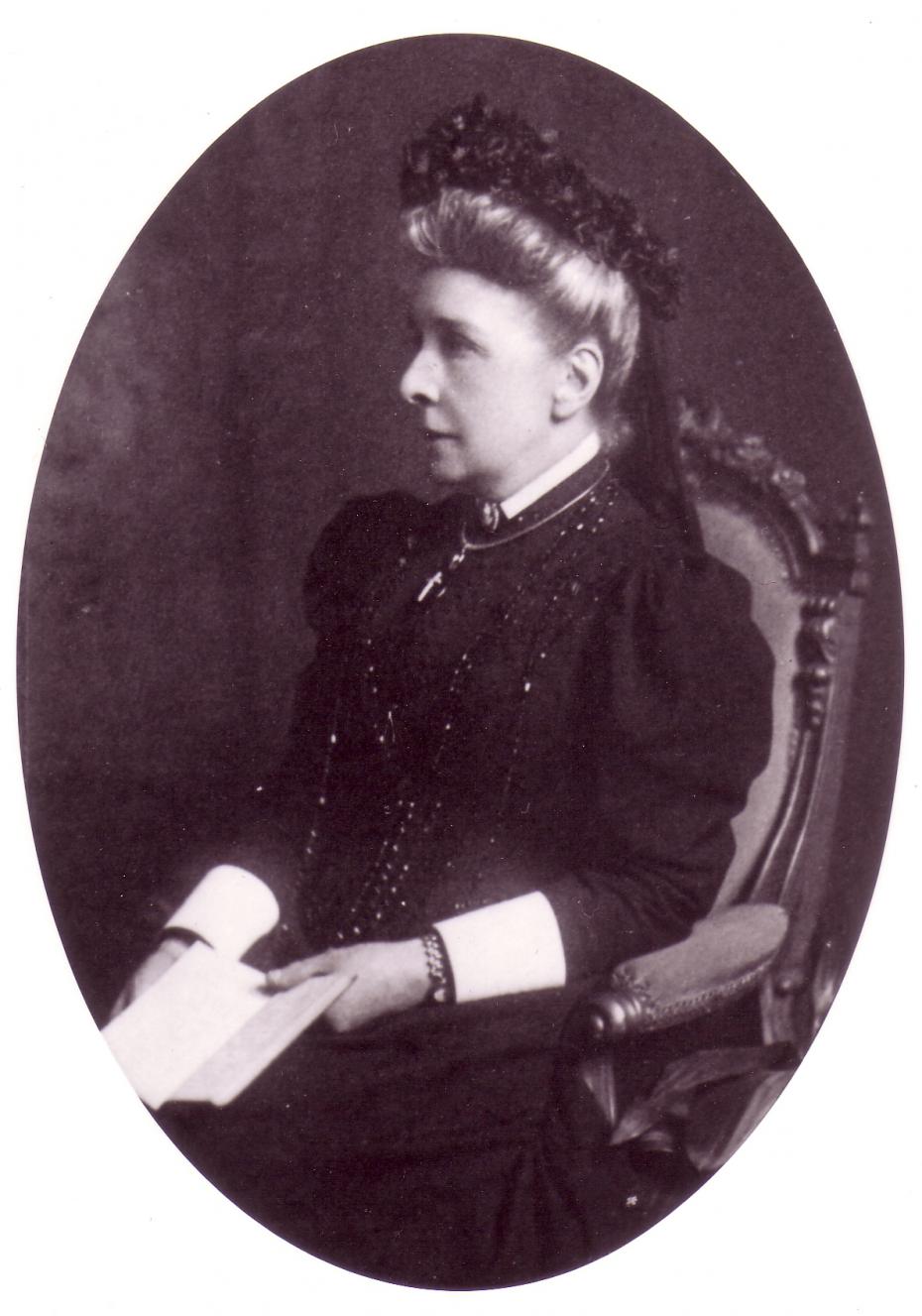
Caption: Charlotte Manning by an unknown photographer, circa 1860 (archive reference: GCPH 5/5/1).
Emily Shirreff (1814–1897) — Mistress 1870
In January 1870, Charlotte Manning’s successor was 56-year-old Emily Shirreff, Mistress for two terms. A member of a well-connected and affluent London family, Miss Shirreff never married. She was the author of several books and articles, some addressing women’s education. Emily Gibson (1849–1934, G 1869), one of the first students, remembered her as ‘elderly, beautiful and beautifully dressed, of the fine-lady type’. Miss Shirreff was also a generous donor to the young College, something that continued after she ceased being Mistress.
Initially, Emily Davies was very pleased with her choice: ‘[Miss Shirreff] takes a modest view of her duties … without any grand air of self-sacrifice. It is a spirited thing to do … at her age.’ However, tensions emerged as time passed, probably due to the absence of a clear definition of the duties of the Mistress. Miss Shirreff let some College rules slide, which did not please Emily Davies. It also appears that Miss Shirreff hoped she would be made a member of the College Committee, which would soon be known as the Executive Committee, and that she would be allowed to take a greater role in the ‘internal management’ of the College, including ‘the direction of studies’. Emily Davies strongly opposed this, and Emily Shirreff left Benslow House in July 1870 to continue her involvement in girls’ and women’s education by other routes.
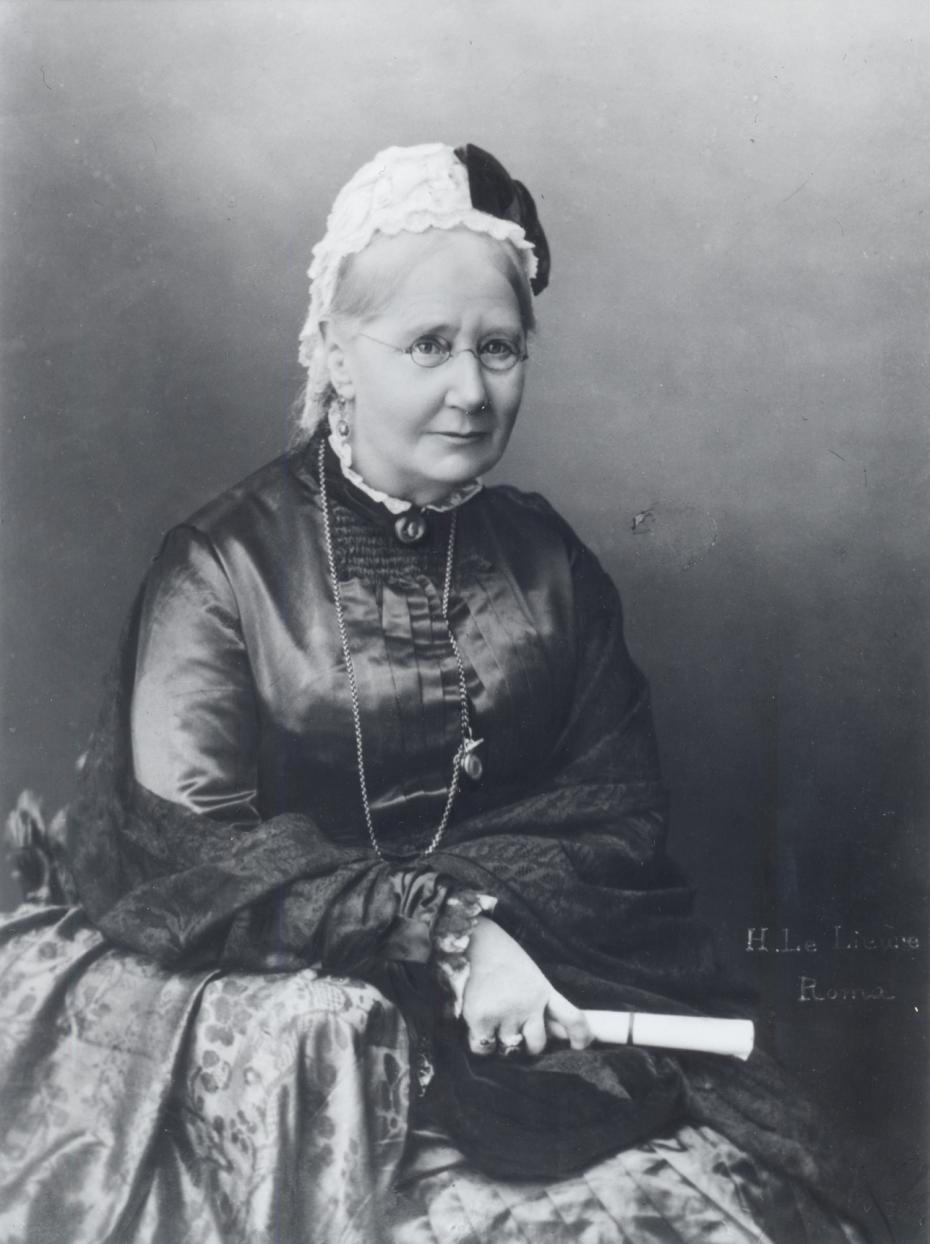
Caption: Emily Shirreff taken by Henri Le Lieure, circa 1870 (archive reference: GCPH 5/2/2).
Anne Austin (1835–1901) — Mistress October 1870–1872
From October 1870 to Spring 1872, the third Mistress was 35-year-old widow Anne (often known as ‘Annie’) Austin, née Crow, a friend of Emily Davies and a member of the first College Committee, soon to become the Executive Committee. Like Charlotte Manning, Anne remained a member of the Committee while she was Mistress, but once again this was not due to appointment to that post.
In the summer of 1870, Emily thought Annie was the best available person to succeed Emily Sherriff. She was gentle and rather timid and would not challenge Emily’s authority. The students liked Mrs Austin very much, and the new Mistress consulted Emily over every detail of housekeeping and discipline. Although not an intellectual, she was kind and hardworking, and initially enjoyed the ‘reviving atmosphere’ of the College, now with nine students. However, she was quick to tire or to become anxious and it seems a combination of exhaustion and illness brought her decision to leave the College quite suddenly in the middle of the Lent Term of 1872.

Caption: Possibly a photograph of Anne Austin by an unknown photographer, circa 1870 (archive reference: GCPH 5/3/1).
Emily Davies (1830–1921) — Mistress 1872–1875
With the departure of Anne Austin, Emily Davies and a few other members of the Executive Committee stepped in temporarily to cover the duties of the Mistress. However, finding no one whom she could trust with the role, Emily eventually, and reluctantly, concluded that she would have to step in. In August 1872, she was formally appointed Mistress from Michaelmas Term 1872 and for the first time there is a recorded salary for the Mistress – £100 a year. When she left the post in 1875, Emily Davies was being paid £200 a year.
It was during the tenure of Emily Davies that the pattern of the Mistress having charge of purely domestic tasks was broken. As Mistress, Emily Davies continued to oversee domestic affairs, student discipline and daily life. She also, however, kept on her previous leading role in arranging and supervising the educational life of the College. After the move to the new buildings at Girton, this resulted in some of the former domestic tasks of the Mistress being delegated to a new resident Housekeeper. This was the first in a series of appointments over the next three decades by which groups of tasks initially undertaken by the Mistress were allocated to new College offices. But in the short term, in the early 1870s, much more work was added to the post of Mistress than was omitted.
With Emily as Mistress, there was still no formal description of the position, beyond the public notice that the ‘domestic arrangements and discipline’ were ‘under the direction of a resident Mistress’. Internal records noted that if any disciplinary issue arose that was not covered in the Byelaws of the College, these were to be referred to the Executive Committee. However, in most cases, Emily made decisions that were then agreed by that Committee. She was the main arbiter of the College’s internal affairs and she took the lead in interactions with lecturers, examiners, or other individuals connected to teaching and the University.
Alongside her wide-ranging tasks as Mistress, Emily continued to act as College Secretary and as lead fund-raiser. She also sought to maintain her other charitable activities and to support her widowed mother. All this was set alongside the additional work of planning and then, in the summer of 1873, executing the College’s move from Hitchin to Girton.
Given all this, it is not surprising that by the Spring of 1875, with the new College building opened and the community safely re-located to its new home, an exhausted Emily felt she could step back. Facing new concerns about her elderly mother, in March 1875 she decided she should resign as Mistress, so that an appropriate successor could be in post by October.
There is a tribute to Miss Davies in the events archive, created to mark the centenary of her death.

Caption: Emily Davies taken by an unknown photographer, circa 1870 (archive reference: GCPH 5/4/9).
Appointing the fifth Mistress
Emily Davies’ decision to step down as Mistress led to two innovations. For the first time the duties of the Mistress were formally set out in a ‘memorandum’. Alongside this, in May 1875, the position of Mistress was advertised in the national press and the women who applied were weighed against each other. Following this 1875 advertisement, all but one of the seven new Mistresses to take up their post before 1940 were appointed following a similar process.
The memorandum set out a clear description for the office of the Mistress that would remain in place for almost 30 years. Her duties were now concerned with both domestic matters and with educational affairs. However, she was still subject to the oversight and direction of the London Committees, above all the Executive Committee. And in educational matters, her role was one of administration, not initiation. Her responsibilities now included arranging and monitoring the teaching each student received, discussing their progress with their lecturers, and helping to arrange their examinations.
Within a month of the advertisement, 14 women, all unmarried, had sent in their applications for the post of Girton’s Mistress. In mid-June, Miss Marianne Bernard was appointed, to take up her position in the autumn.
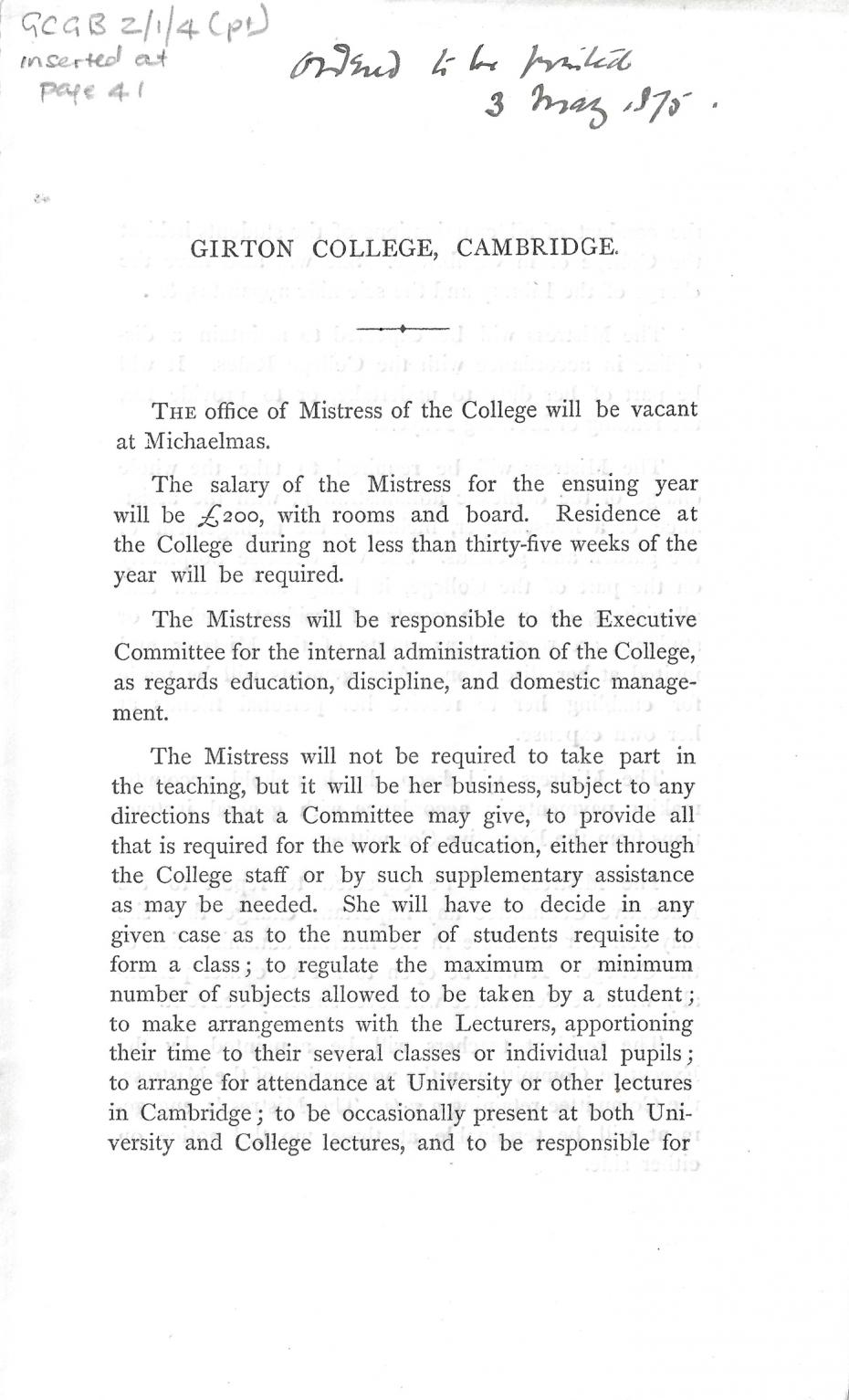
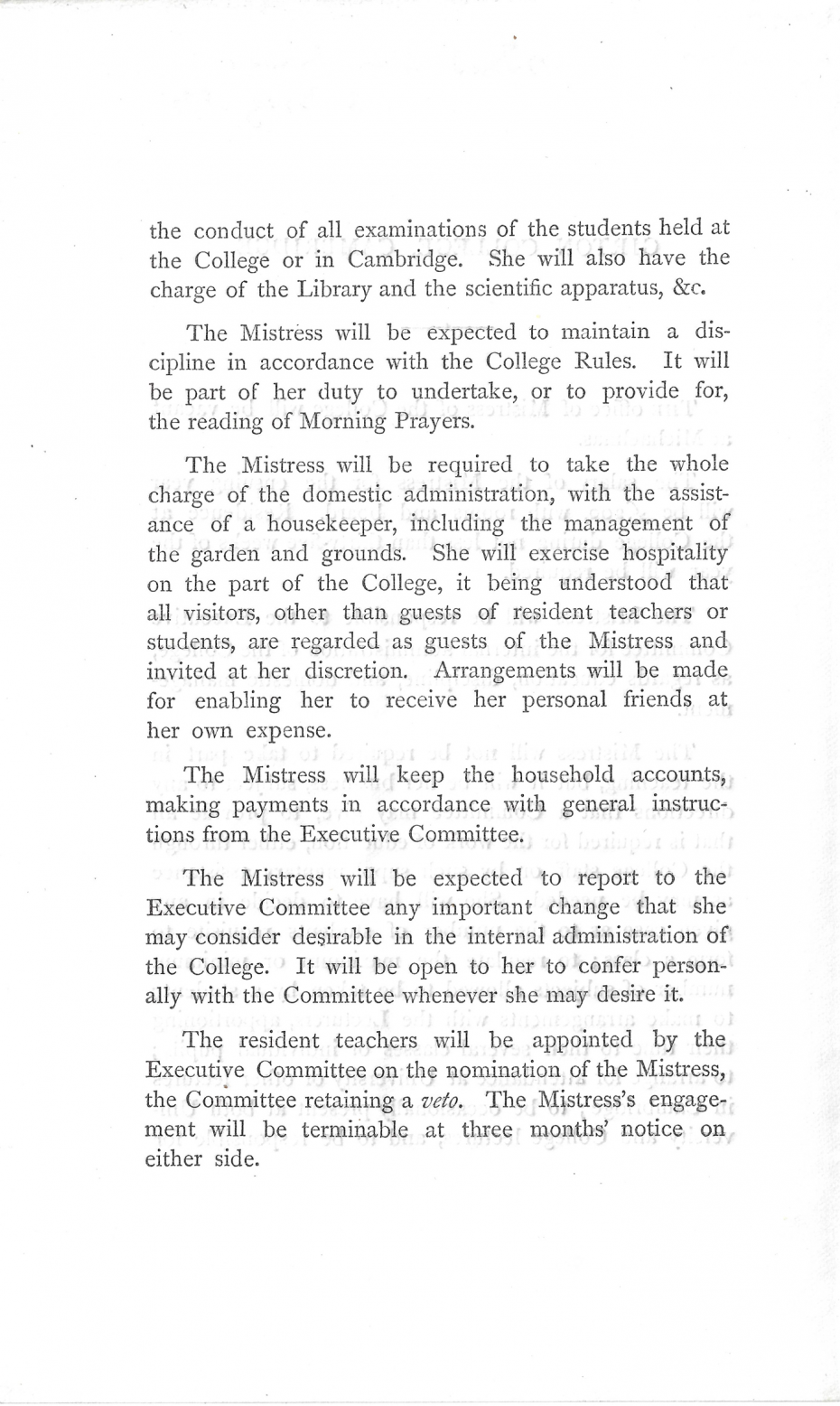
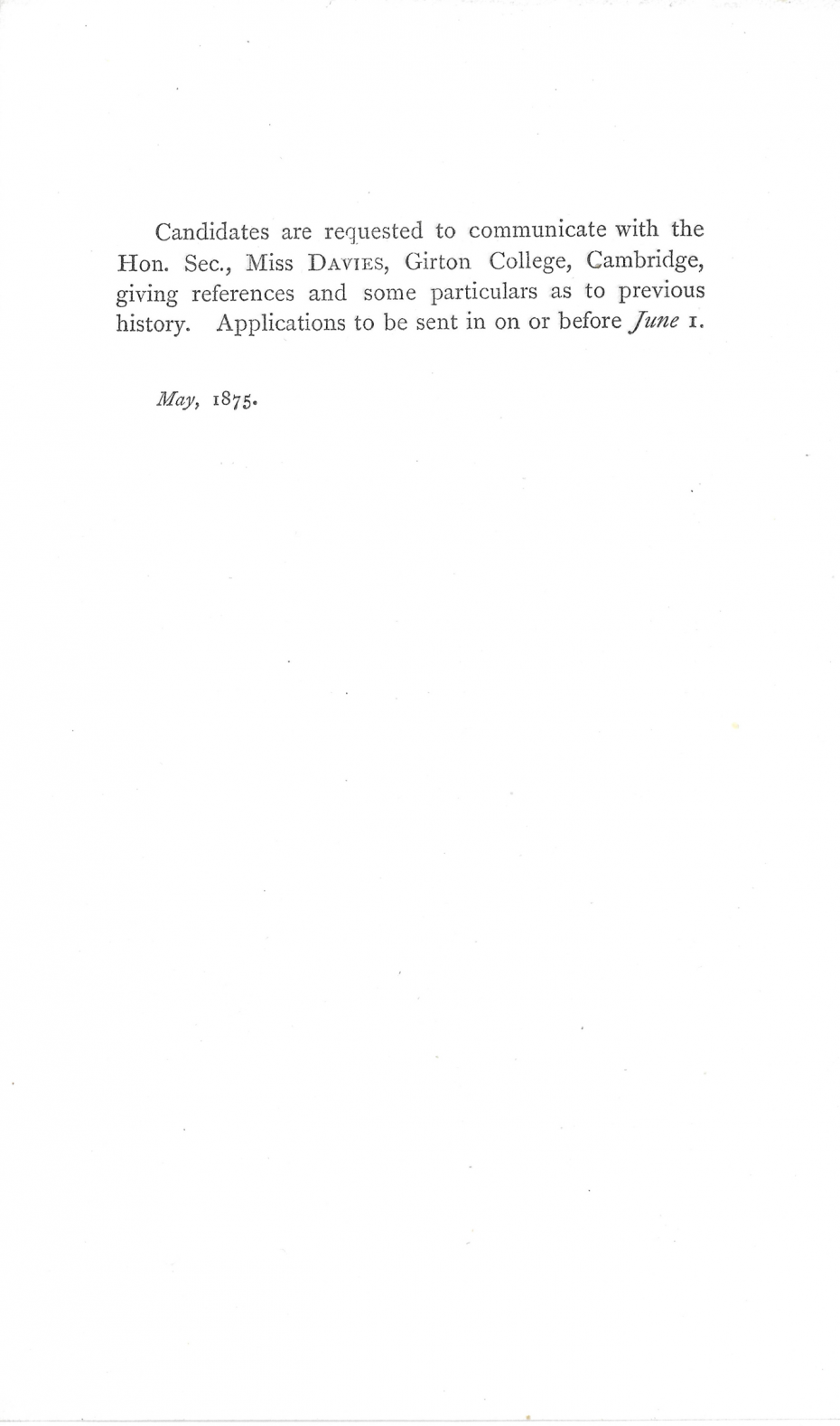
Caption: The memorandum on the duties of the Mistress, May 1875 (archive reference: GCGB 2/1/4pt).
Marianne Bernard (1839–1926) — Mistress 1875–1884
Marianne Bernard, a doctor’s daughter and niece of a Viceroy of India, was extremely hardworking and conscientious. She reported on every detail of College life to Emily Davies and sought her advice on almost everything. She also channelled reports on College and student affairs to the Executive Committee and she sent monthly reports on the Household Account to Miss Davies. She was particularly careful to refer all her choices of teachers, lecturers and examiner, or the number of teaching hours arranged for any student, to Emily. But as the terms passed, she did start to make her own carefully deferential suggestions.
Among the challenges Miss Bernard faced as Mistress were a smallpox outbreak in the summer term of 1878 and almost constant building work, which saw the extension of Old Wing, and the construction of Orchard and Hospital Wings and the Stanley Library. She worked hard to extend social links between the College community and Cambridge and held regular dinners and concerts at the College to which Cambridge Fellows, lecturers, and their wives were invited.
In July 1884, Miss Bernard declined a further year in post due to her imminent marriage to Dr Peter Latham. In 1885, after she was no longer Mistress, the new Mrs Latham was appointed a Member of both College and of the Executive Committee, although she had not been a member of either while Mistress. She remained a member of both bodies until 1924 and was then made a Life Governor of Girton under its new Charter.

Caption: Marianne Bernard by Francis Dodd, 1916 (archive reference: GCPH 11/33/59).
Appointing the sixth Mistress
Elizabeth Welsh was the sixth Mistress of Girton and the official story was that she calmly succeeded Marianne Bernard. This is not quite true. After a national advertisement for the position, there was a contested election and Miss Welsh did not take up her post until the summer of 1885. For the year 1884–1885, she acted as Vice-Mistress, having agreed to carry on ‘the business of the College’ while a new appointment was decided. In fact, in that year she acted almost as the Mistress, even though the formal choice had not yet been made.
Meanwhile, behind the scenes, difficult discussions were underway that must have made her day-to-day position challenging. Elizabeth was very much the preferred candidate of Emily Davies. Other applications were invited and considered, however, most notably that of Louisa Lumsden (1840–1935, G 1869), who had her supporters on the College committees. It took several meetings of the Executive Committee before Miss Welsh was nominated for office.
Alongside these debates, a proposal that the new Mistress would sit on the Executive Committee ex officio was also defeated. Emily Davies remained very opposed to this idea and campaigned to see it rejected. However, on Miss Welsh’s appointment it was conceded that she would be invited to attend meetings of the Executive Committee in a personal capacity. This meant that as Mistress, Elizabeth Welsh was able to take part in, or at least be present for, discussions over matters of governance, which was an important development.
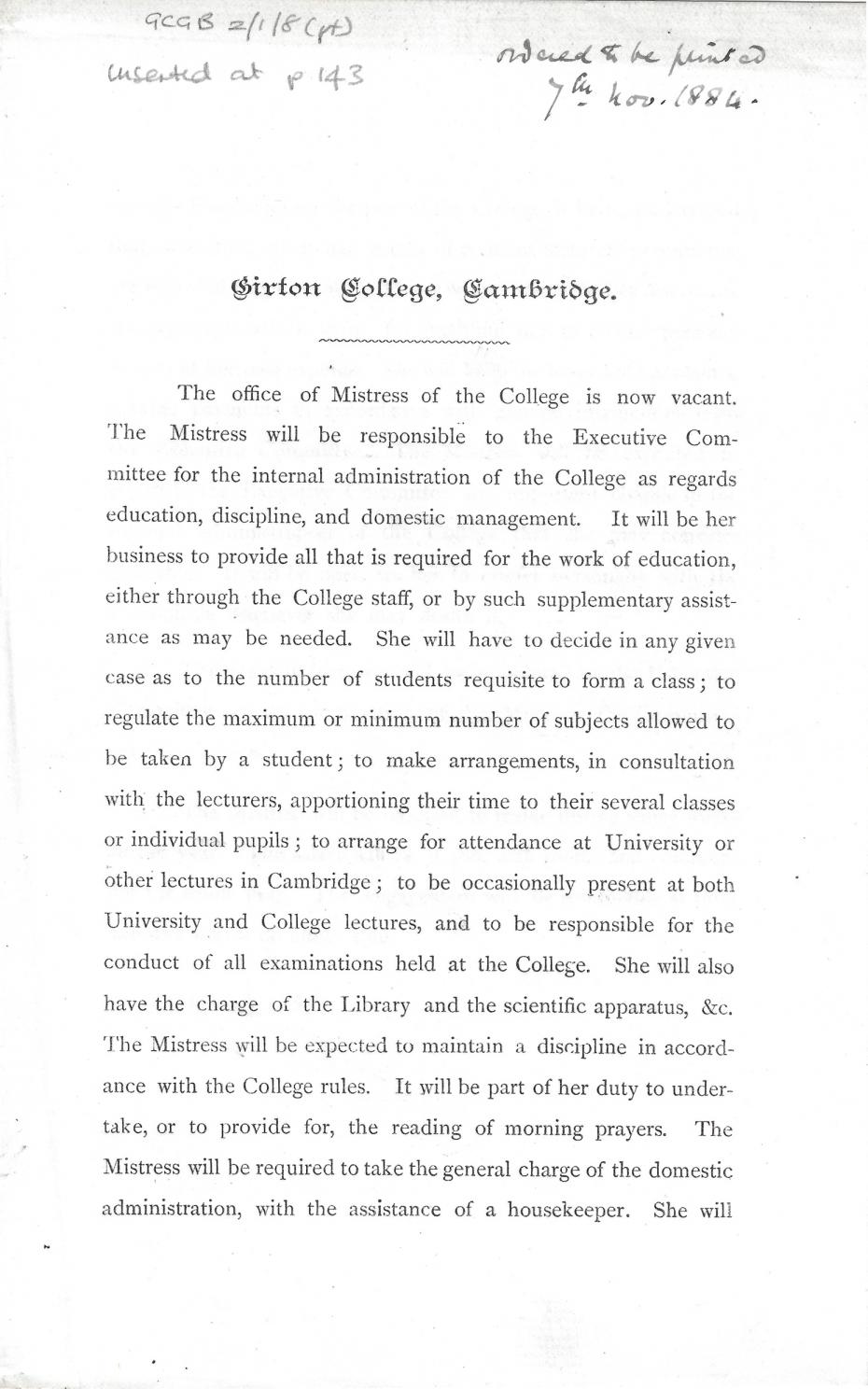
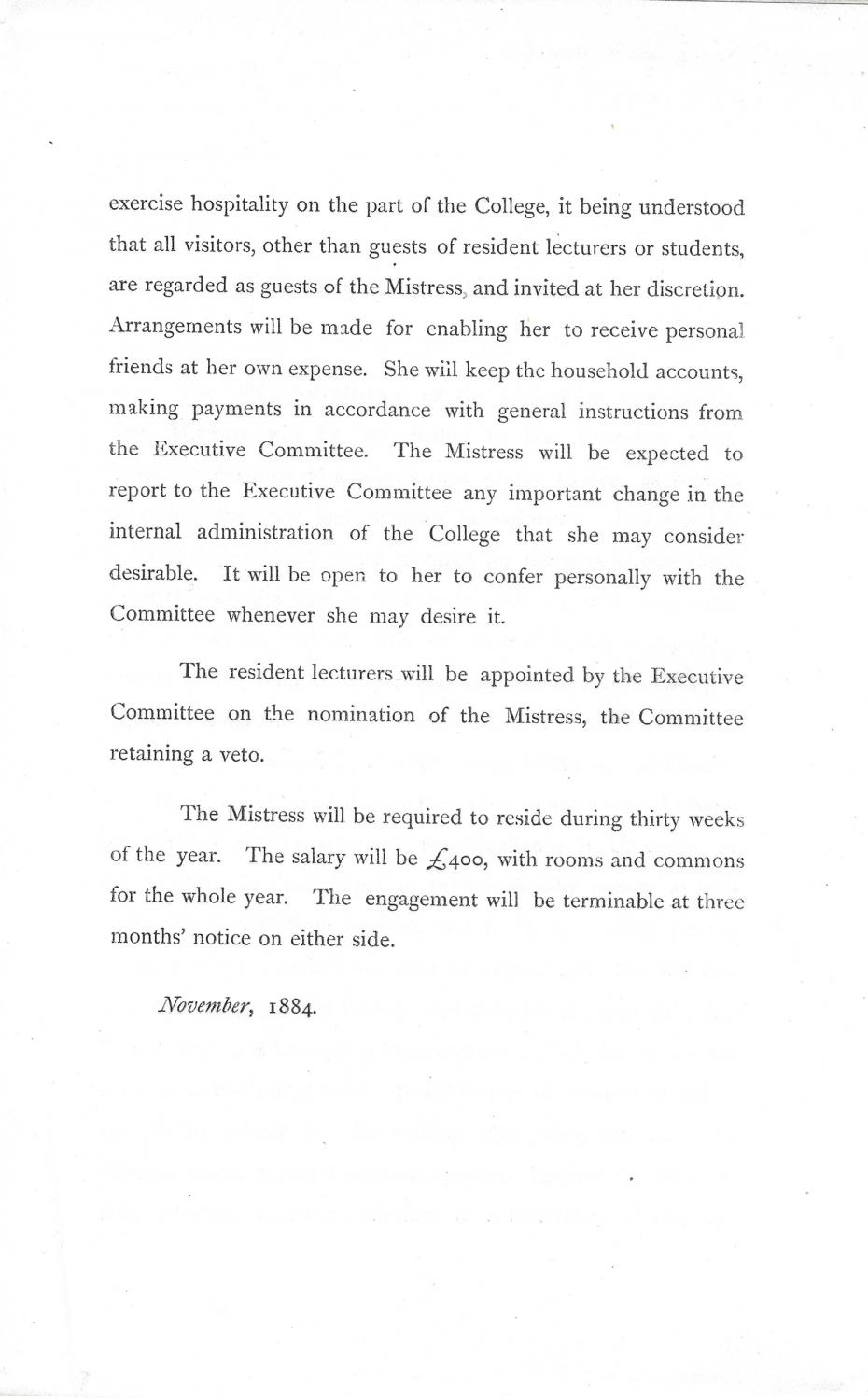
Caption: Statement of the duties and status of the office of Mistress, November 1884 (archive reference: GCGB 2/1/8pt).
Elizabeth Welsh (1843–1921) — Mistress 1885–1903
Elizabeth Welsh was the first Mistress of Girton to have been a student at the College and to have the equivalent of a university degree. She was Mistress for 18 years, during which the College grew enormously in physical size as well as student and staff numbers.
Elizabeth was born in Co Down in July 1843. She joined the College in 1871 and in 1875 the informal examiners placed her in the Third Class of the Classics Tripos. This was a huge achievement. Elizabeth and her close friend Rose Aitken (1848–1923, G 1871) were only the third and fourth women to have passed these exams with the equivalent of Honours marks.
After Girton, Miss Welsh initially taught Classics at Manchester High School. However, she soon returned to the College – in April 1879 she accepted the post of Resident Assistant Lecturer in Classics. In 1881 she was appointed to the new office of Vice-Mistress and in 1883 she became the first Garden Steward. Once she was confirmed as Mistress in 1885, Elizabeth Welsh proved herself to be devoted and hard-working. She guided the Girton community through the building of Tower and Tower Wing in 1886–1887 and then the extensive building work of 1899–1902, which added the new Dining Hall, the Chapel, and both Chapel and Woodlands Wings. While she was Mistress, student numbers grew from around 70 a year to around 120. She also guided the College through the great disappointment of 1897, when members of the University notoriously voted 1,713 to 663 against awarding women full degrees.
After retirement in 1903, Miss Welsh continued as a Member of College until 1916, showing a lively interest in Girton’s affairs throughout that time. Her last years were passed in Morningside, Edinburgh.
There is a tribute to Miss Welsh in the events archive, created to mark the centenary of her death.
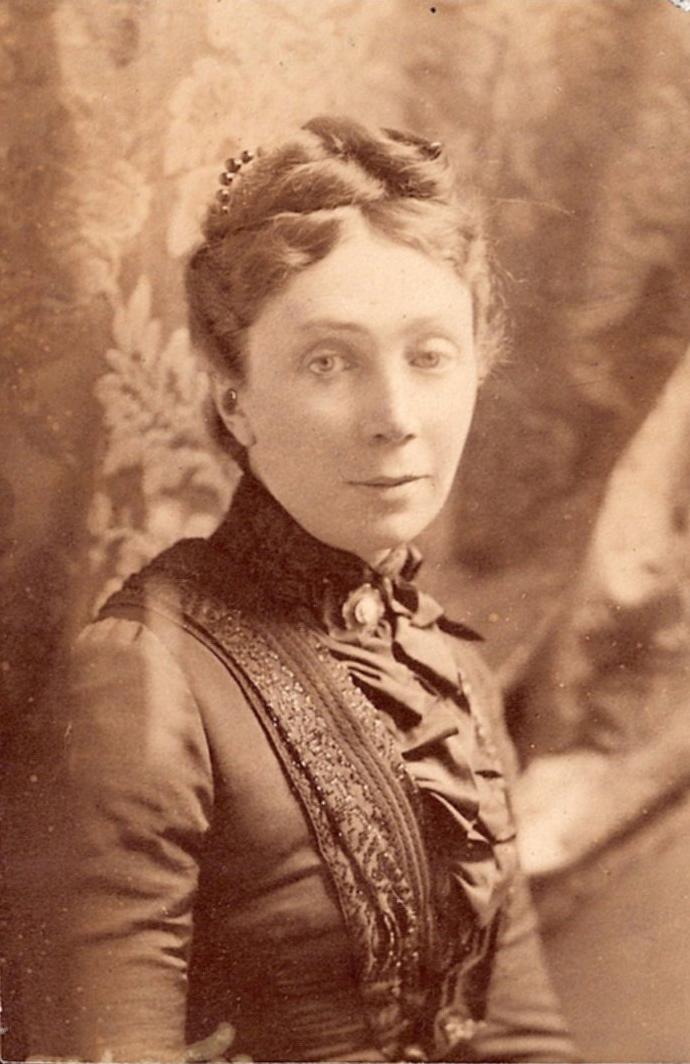
Caption: Elizabeth Welsh by Henry Van der Weyde of Regent Street, London, 1885 (archive reference GCPH 5/6/3).
Appointing the seventh Mistress
The 1903 election of Emily Constance Jones as successor to Miss Welsh was also contested. Many on the Executive Committee, and in the wider Girton community, wanted a broad and open search for Miss Welsh’s successor. It is possible they wanted someone who would bring new ideas to the College and perhaps be able to challenge the set ideas of Emily Davies. Many of these ‘reformers’ also wanted the new Mistress to sit ex officio on the Executive Committee. Emily Davies, however, successfully opposed a public advertisement and worked hard to ensure her chosen internal candidate, Constance Jones, was appointed.
But this battle was bitter and Emily did not succeed on the issue of governance. Miss Jones became the first Mistress to be an ex officio member of ‘College’, Girton’s governing body, and was appointed to the Executive Committee. This development brought the Mistress an official and direct role in decision making. The whole experience of the election of 1903 was one of the factors that contributed to Emily Davies’ decision to step back from direct involvement in College governance. She resigned from the Executive Committee in the summer of 1904.

Caption: The decision not to advertise the post of Mistress, from the Executive Council minutes, 13 January 1903 (archive reference: GCGB 2/1/16pt).
(Emily Elizabeth) Constance Jones (1848–1922) — Mistress 1903–1916
Constance Jones was born in 1868 and she came to Girton in October 1875. She was a talented student and in 1880 she was awarded a First in the Moral Sciences Tripos.
She left the College for four years but returned in 1884 as the first Resident Lecturer in Moral Sciences. She was appointed Vice-Mistress in 1895 and Mistress in 1903.
Miss Jones was known by the students as ‘Jonah’. She was very much liked, but it was agreed she often did not know what to say to younger Girtonians. However, her years as Mistress were not easy. The College had a huge debt after the building project of 1899–1902. This was exacerbated by a rise in domestic running costs, an increase in educational costs, and rises in other general expenses.
These financial difficulties meant a constant search for economies, cutting staff numbers wherever possible, and keeping salaries as low as possible. Several talented College lecturers left for more lucrative posts elsewhere. These pressures were somewhat alleviated by Rosalind Lady Carlisle’s gift of £2,000 in 1904, followed by Sir Alfred Yarrow’s gift of £12,000 in 1913.
However, no sooner had Girton’s financial worries been eased than the First World War broke out. The years 1914–1918 were full of challenges for the College. Living conditions were tough: food was rationed; a blackout of the whole College had to be maintained at night; there were efforts to reduce the consumption of meat and dairy products; and coal to heat the College was in short supply. Student numbers were also under strain. Several members of the College Staff resigned over the course of the war, some citing exhaustion.
It seems likely that Constance Jones had hoped to remain as Mistress and see Girton through to the end of the war. However, in 1916, with no visible end to the hostilities in sight, she resigned. In retirement she lived in Somerset and continued to write and to publish.
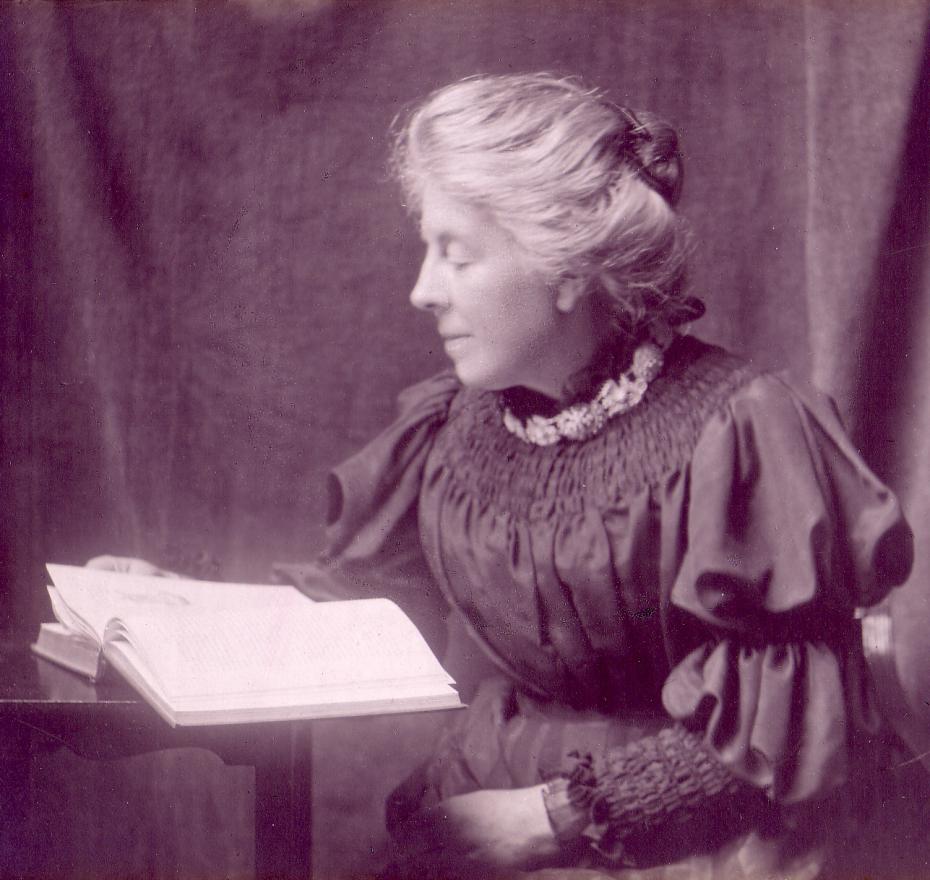
Caption: Constance Jones (detail) by an unknown photographer, circa 1900 (archive reference: GCPH 5/7/4).
Katharine Jex-Blake (1860–1951) — Mistress 1916–1922
Katharine Jex-Blake was the daughter of the eminent Anglican clergyman and teacher Thomas William Jex-Blake (1832–1915). Her younger sister, Henrietta (1862–1953), went on to become Principal of Lady Margaret Hall in Oxford, 1909–1921: for one year the sisters were in post as Oxbridge College Heads at the same time.
Katharine joined Girton in 1879. She obtained a First in Part I of the Classical Tripos in 1882 and subsequently became only the second Girtonian to take Part II of that Tripos. She then spent one year as a schoolmistress at Notting Hill High School for Girls before returning to Girton as Resident Lecturer in Classics in 1885. In 1901, she became the first Director of Studies in Classics; she was Vice-Mistress 1903–1906.
Miss Jex-Blake was appointed Mistress during World War I and steered the College through the hard years of the late war. Her steady leadership greatly benefited Girton during these challenging times.
She was a committed supporter of research students and made several gifts to the College, which included money that was to be used for ‘Fellowships, Studentships or Scholarships’. She also argued for an increased representation of the College Staff (forerunners of today’s Fellows) on College Council (as the Executive Committee was now called) and for the rights of Research Fellows to take part in the votes for those ‘Staff Representatives’. Almost her last official act as Girton Mistress was to write to the Council, ‘drawing attention to the desirability of a small committee being formed with power to make grants in reduction of fees to necessitous students’. After retirement Katharine Jex-Blake sat on a new Committee, created to consider a new ‘Constitution’ for the College (in time, this was the Charter and Statutes of 1924). Her role in initiating these discussions was important.
Miss Jex-Blake also took a key role in debates on the question of women’s membership of the University. During the campaign of 1896–1897, she and Blanche Athena Clough (1861–1960, Principal of Newnham 1920) were secretaries of a joint Girton-Newnham Committee established to promote the cause of women’s membership. They wrote convincingly of the disadvantages faced by students of the two colleges when they left Cambridge without a formal degree. It must have been a great disappointment when this vote, and then those of the early 1920s, failed.
It is possible that this last disappointment contributed to Katharine Jex-Blake’s decision to step down as Mistress in 1921. She was subsequently persuaded to stay on for an extra year to give newly-selected Bertha Phillpotts a respite before she took up the office of Mistress.
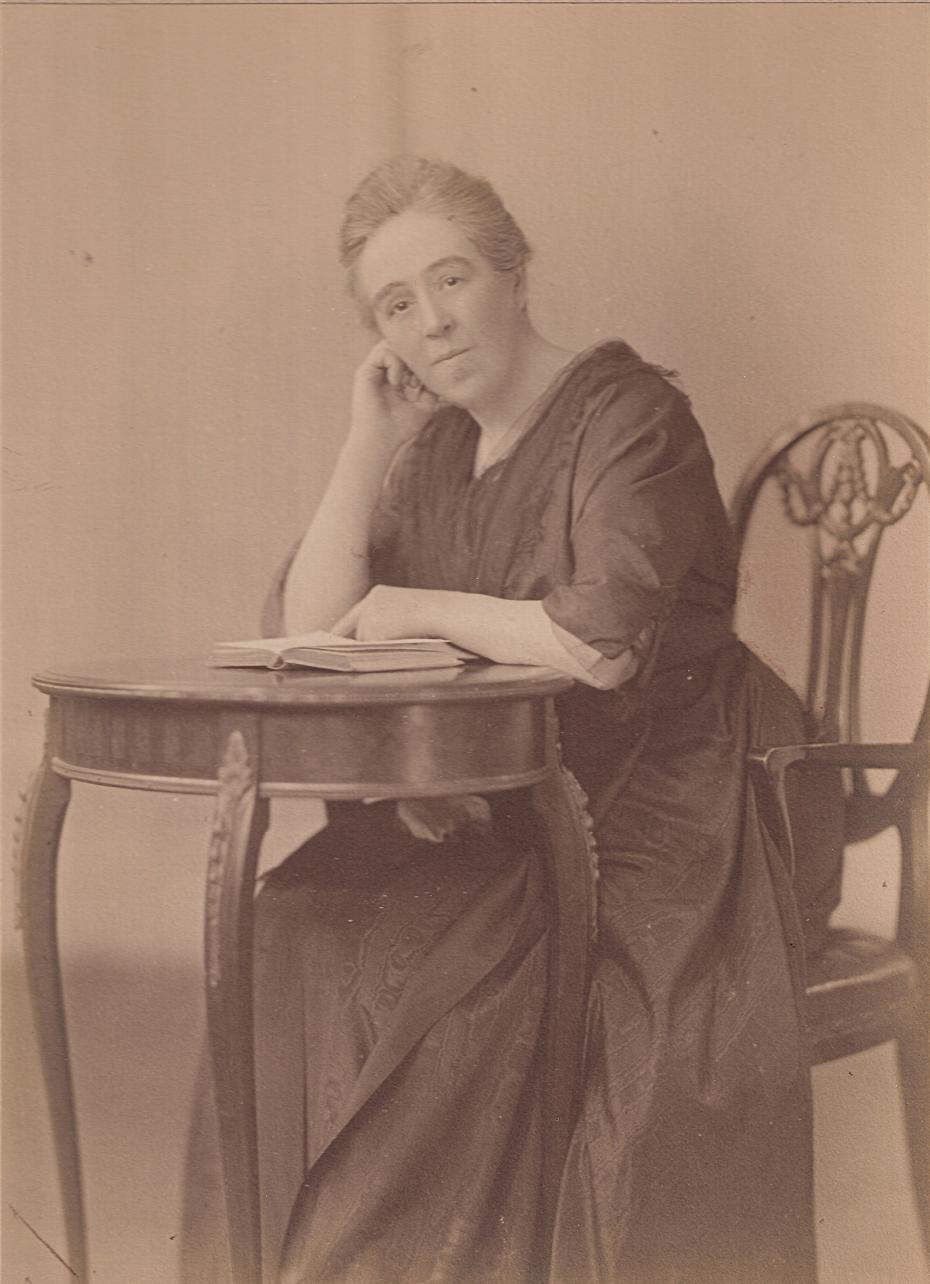
Caption: Katharine Jex-Blake by C Vandyk Ltd, London, 1916 (archive reference: GCPH 5/8/1).
Charter and the expansion of the powers of the Mistress
In August 1924, Girton was granted a Royal Charter constituting ‘The Mistress and Governors of Girton College’ as a corporate body. By this important development in Girton’s governance the ownership of the College passed from ‘Members of College’ to ‘The Mistress and Governors of Girton College’, with the result that the College became, for the first time, almost entirely self-governing. Girton now shared many of the structures and core characteristics of the other Cambridge Colleges. The Charter greatly expanded the role of the Mistress, who was now the Chair of a Council of Fellows and a leading voice on all the governing structures of the College. The post of the Mistress had, to a considerable degree, now assumed its modern form.
The idea of a new constitution or ‘Charter’ was initially proposed by the academic Staff, though their regular meetings, and its origins can also be connected to the disappointment of 1920–1921, when women were not admitted to membership of the University. This, combined with the financial difficulties still facing the College after the war and ongoing debates about the role of resident staff in College governance, contributed to the decision to establish a Special Committee to consider a new constitution for the College. But, although Katharine Jex-Blake was an important member of this group, it was the next Mistress, Bertha Phillpotts, who saw the College through the discussions over Charter, the re-structuring of the College’s governance, and the successful application to the Crown.
Some significant changes in College governance took place after 1924. These included the 1954 Supplemental Charter which changed the title of the Body Corporate to ‘The Mistress, Fellows and Scholars of Girton College’ and constituted the Mistress and all actual Fellows of the College (Bye-Fellows excepted), as the Governing Body of the College. Later, following the decision to admit men, the amended 1972 statutes declared that if a man were to be admitted to office of Mistress or Vice-Mistress ‘he shall hold that office under such title as the Council may designate’.
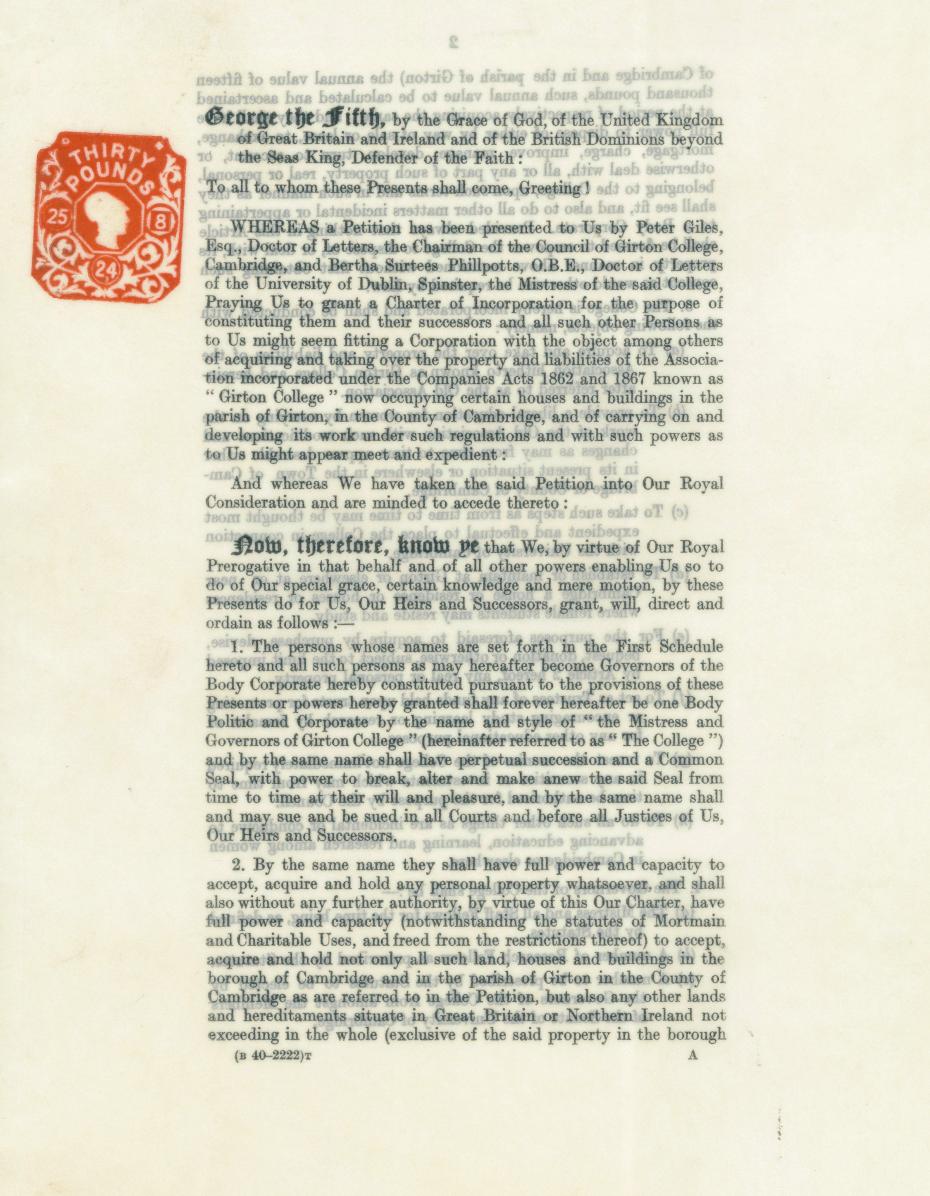
Caption: First page of the Charter granted by George V, 21 August 1924 (archive reference: GCGB 1/1/2).
Bertha Phillpotts (1877–1932) — Mistress 1922–1925
Bertha Surtees Phillpotts (later Newall) came to Girton in 1898 to read Medieval and Modern Languages. She spent a fourth year studying Old Norse and Celtic and then three years as a Research Student, when she divided her time between Girton, Iceland, and Copenhagen University. She stayed at Girton as Librarian 1906–1909 before moving in 1909 to the Museum of Archaeology and Ethnography in Cambridge to become Secretary to Baron Anatole von Hügel (1854–1928). She then went to Oxford as the first Lady Carlisle Research Fellow at Somerville College 1913–1916. This was followed by a wartime attachment to the British Legation in Stockholm as private secretary to Sir Esmé Howard (1863–1939). In 1920, already an eminent scholar, Bertha Phillpotts was appointed Principal of Westfield College, London, and in 1921 she was approached to become Mistress of Girton. At this point, however, she asked for and was given leave of absence until 1922 to complete some research. Her aunt, Katharine Jex-Blake, agreed to remain in post for one more year.
During her Mistress-ship, Bertha Phillpotts played a fundamental role in securing the College’s Charter. She also helped the newly incorporated College become, for most practical purposes, part of the University. As the only female member of the 1923 Statutory Commission for Cambridge University, she took a role in designing the new statutes drafted by that Commission. These gave women greater recognition within the University than they had had up till then. Importantly, the academic staff of Girton and Newnham who gave lectures recognised by their Faculties could now become members of those Faculties and women were now eligible for all University teaching posts. In 1926, six members of the Girton academic staff (now Fellows) were appointed as University Lecturers. One of these was Bertha Phillpotts. When she stepped down as Mistress in 1925, she was elected a Research Fellow of the College, a post she held until her death.
Miss Phillpotts held a number of University posts and public appointments in addition to her role on the Commission of 1923: she was a member of the Board of Education Consultative Committee 1919–1921; a University Lecturer and Director of Scandinavian Studies 1926–1932; Head of Department of Other Languages 1930–1932; and a member of the Statutory Commission for London University 1926–1931. In 1929, she was created DBE for services to education.
Bertha Phillpotts was an eminent scholar and a leading authority on Scandinavian languages and history. She frequently travelled to Iceland, visiting six times between 1903 and 1914. Her publications, of which the best known are Kindred and clan (1913), The elder Edda and ancient Scandinavian drama (1920) and Edda and saga (1931), reflect this scholarship. Sadly, shortly after her marriage to Professor Hugh Frank Newall, FRS, she died in 1932 aged 54. She bequeathed her collection of Scandinavian books and pamphlets to the College Library.
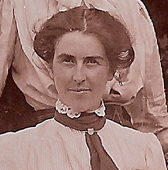
Caption: Bertha Phillpotts (detail) from a staff photograph by an unknown photographer, 1905 (archive reference: GCPH 10/24/4pt).
1925 and beyond
Since the retirement of Bertha Phillpotts there have been 10 further Mistresses:
- Edith Helen Major (1869-1951) - Mistress 1925-1931
- Helen Marion Wodehouse (1880-1964) - Mistress 1931-1942
- Kathleen Teresa Blake Butler (1883-1950) - Mistress 1942-1949
- Mary Lucy Cartwright (1900-1998) - Mistress 1949-1968
- Muriel Clara Bradbrook (1909-1993) - Mistress 1968-1976
- Brenda Ryman (1922-1983) - Mistress 1976-1983
- Mary Warnock (1924-2019) - Mistress 1985-1991
- Juliet d'A Campbell - Mistress 1992-1998
- Marilyn Strathern - Mistress 1998-2009
- Susan Smith - Mistress 2009-2022
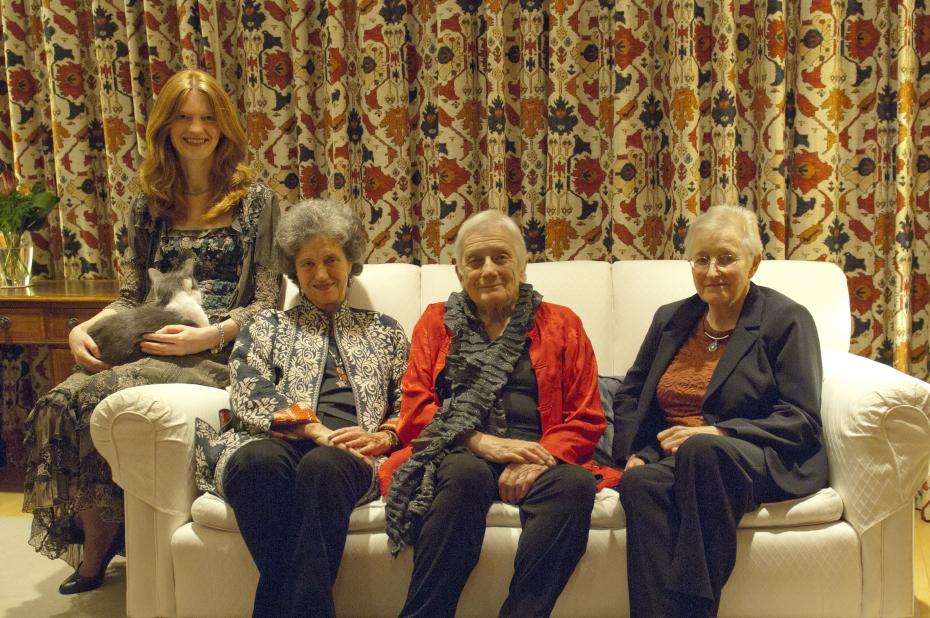
Caption: Four Mistresses: Susan Smith (with Leo the cat), Juliet Campbell, Mary Warnock and Marilyn Strathern by an unknown photographer, 2011 (archive reference: GCPH 5/19/2); the immediate predecessors of the 20th Mistress of Girton, Dr Elisabeth Kendall October 2022-.
Exhibition by Hazel Mills, College Historian, with Hannah Westall, Archivist. The facts in this exhibition are correct to our best current knowledge.
